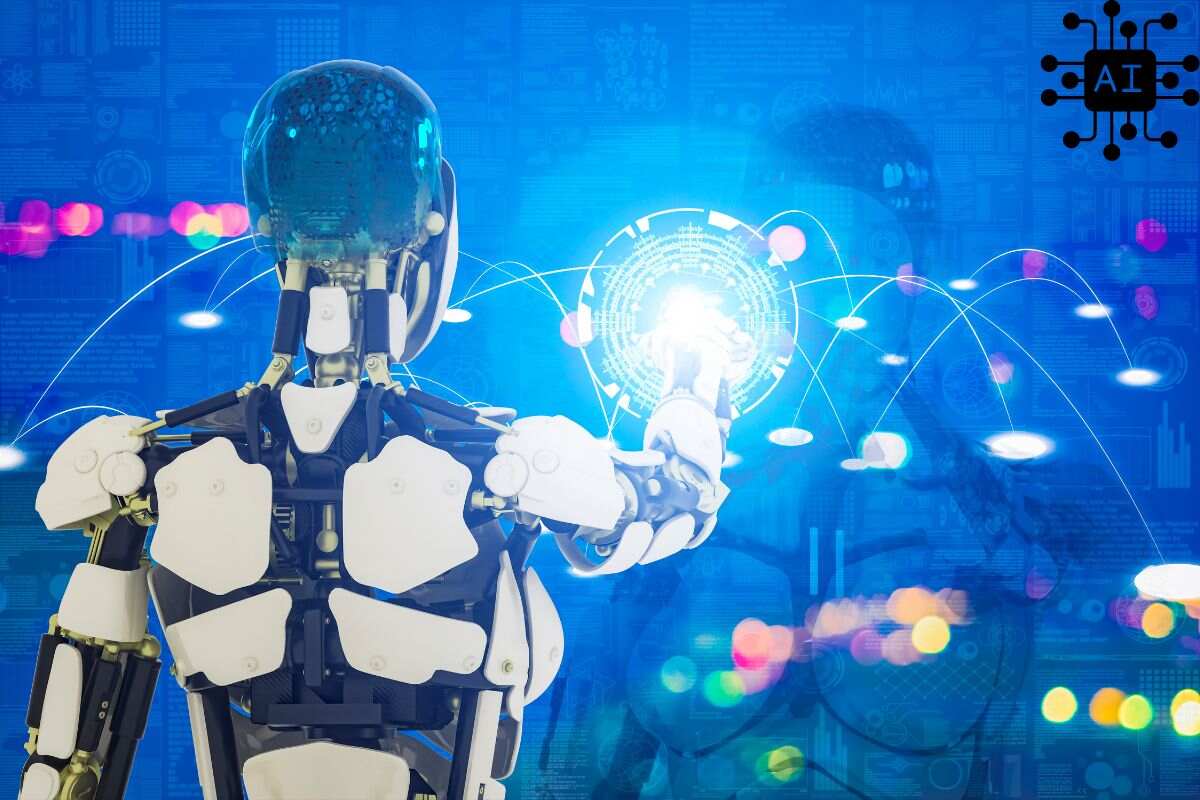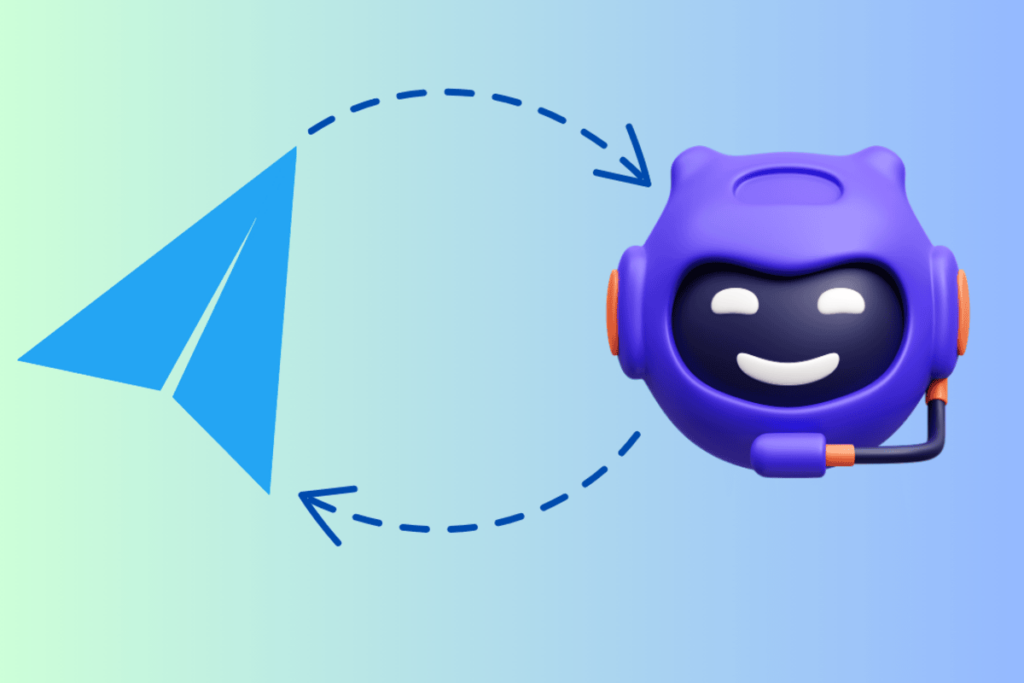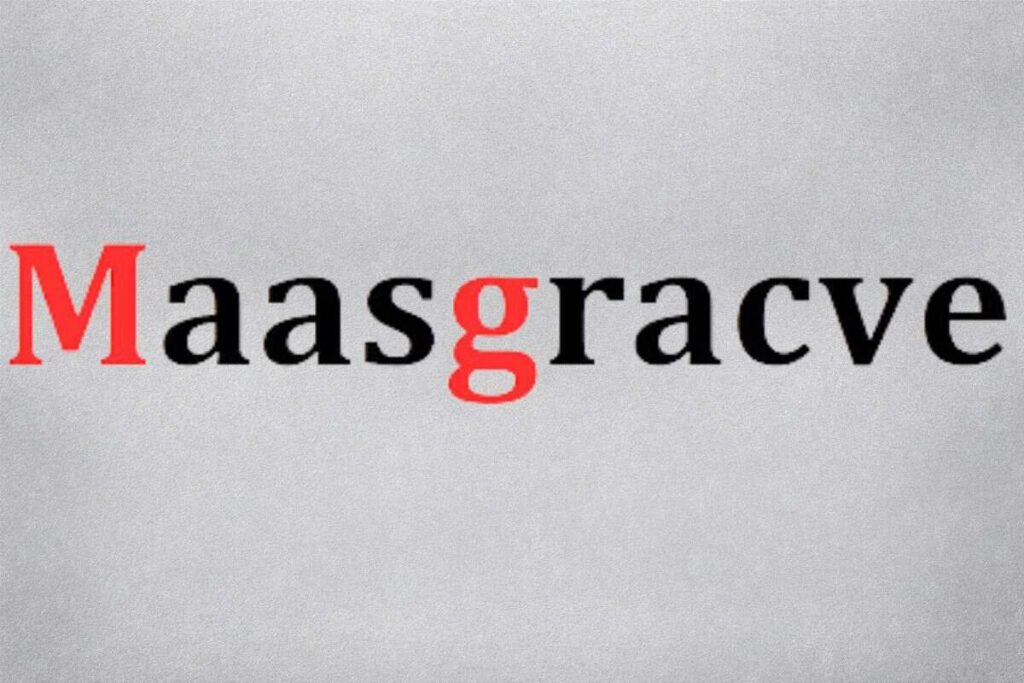Did you know the global holography market will reach $5.4 billion by 2025? Holo AI signifies a remarkable shift in artificial intelligence in this transformative landscape, seamlessly merging holographic elements with advanced AI technologies. This innovative platform enhances user experiences across various sectors and is poised to redefine the boundaries of technology by intertwining the physical and digital realms. Imagine walking into a room where virtual assistants can help you visualize your ideas or navigate complex data—this is the future Holo AI is creating.
What is Holo AI?
Holo AI represents a confluence of holography and artificial intelligence, employing three-dimensional visualizations that allow users to grab digital content in an immersive manner. Picture a surgeon using holographic anatomy models during an operation or a student interacting with a three-dimensional molecular structure; this technology transcends traditional two-dimensional interfaces, enriching user interaction and comprehension.
Key Innovations in Holo AI
Holographic Displays
These are critical for rendering images that appear to float in space. Holo AI uses advanced projection techniques to create lifelike visuals that users can manipulate in real time. A notable example is holographic displays in emergency response training, where first responders can practice scenarios with realistic simulations.
AI Algorithms
The backbone of Holo AI lies in its sophisticated algorithms that process and analyze data. These algorithms enable the system to understand user commands and preferences, facilitating personalized experiences. For instance, an AI-powered assistant could tailor educational content based on a student’s learning pace, enhancing their understanding.
Intuitive User Interface (UI)
A seamless UI is paramount for effective interaction. Holo AI incorporates intuitive controls that allow users to navigate and manipulate holographic content effortlessly. Imagine a business meeting where participants can collaboratively manipulate data visualizations, making discussions more dynamic and productive.
Transformative Applications Across Industries
Revolutionizing Healthcare
In the medical field, Holo AI is changing diagnostics and training. Surgeons can utilize holographic representations of anatomy during procedures, enhancing precision and reducing risks. For example, a surgeon might practice a complex operation using holograms before entering the room. Additionally, medical students benefit from immersive training environments that simulate real-life scenarios, fostering deeper learning and preparation.
Reinventing Education
Holo AI transforms traditional learning methodologies by providing interactive, holographic lessons. Consider a history class in which students can “walk through” ancient Rome, visualizing its architecture and culture. This captivating approach caters to diverse learning styles, promoting engagement and retention and making education more accessible.
Enhancing Business and Marketing
In the corporate sphere, Holographic AI amplifies presentations and marketing strategies. Businesses can create captivating holographic advertisements that capture consumer attention more effectively than conventional media. A car manufacturer, for example, allows customers to explore a new vehicle’s features via a holographic interface, significantly influencing buying decisions.
Benefits of Holo AI
Enhanced User Experience
Holo AI delivers a more engaging user experience. By breaking free from conventional screen limitations, users can interact with content dynamically, fostering deeper connections and understanding. Imagine being able to reach out and manipulate a virtual product before purchasing it—this level of interactivity can transform consumer experiences.
Improved Accessibility
Holo-AI democratizes technology by making it more accessible to individuals with varying abilities. For instance, visually impaired users can benefit from tactile feedback and spatial audio cues, ensuring inclusivity in digital interactions. This aspect of Holo AI aligns with the growing focus on universal design principles in technology.
Increased Productivity
The integration of Holo AI in workplace environments streamlines processes and enhances productivity. By visualizing data in real-time, employees can make informed decisions swiftly, ultimately improving workflow efficiency. Case studies show that companies adopting Holo AI solutions have seen substantial increases in team collaboration and project turnaround times.
Challenges and Considerations
Technical Limitations
Despite its promising potential, Holo AI faces technical challenges. High-quality holographic displays require significant computational power and advanced hardware, which may pose barriers to widespread adoption. Additionally, the technology must evolve to meet user expectations for seamless interactions. Companies like Microsoft and Magic Leap are at the forefront, continuously pushing the envelope on hardware capabilities.
Privacy Concerns
The implementation of Holo AI raises pertinent privacy issues. As with any AI system, collecting and analyzing user data necessitates robust security measures to protect sensitive information. Establishing transparent data usage policies will be essential in fostering user trust. Innovative frameworks and encryption methods must be developed to ensure data integrity.
Future Prospects A Vision Ahead
The future of Holo AI is rife with possibilities. We can forecast further enhancements in holographic realism and AI capabilities as technology advances. The potential for cross-disciplinary applications—from entertainment to urban planning—hints at a future where Holo-AI becomes essential to everyday life, reshaping how we interact with our environments.
Case Studies
Healthcare Enhanced Surgical Precision
Case Study: Holoxica
Holoxica collaborated with medical institutions to develop holographic displays for surgical planning. During brain surgery, surgeons used Holo AI to visualize complex anatomical structures, improving navigation and precision.
Impact
- Increased surgical accuracy by 30%
- Reduced operating time by 20%
- Enhanced training for medical students
Education Immersive Learning Environments
Case Study: zSpace
zSpace implemented Holo AI in classrooms, allowing students to interact with 3D models in subjects like biology and chemistry. This hands-on approach enhanced learning experiences.
Impact
- Improved student engagement by over 40%
- Increased retention rates by 30%
- Catered to diverse learning styles
Business Revolutionizing Marketing Strategies
Case Study: Mitsubishi Motors
Mitsubishi Motors utilized Holo AI at an auto show to create an interactive holographic display of their new SUV, allowing attendees to explore features dynamically.
Impact
- Increased booth foot traffic by 50%
- Boosted pre-orders by 25%
- Enhanced social media engagement
Conclusion
Holo-AI is not just a technological novelty but a new era in artificial intelligence. Merging the digital and physical worlds offers transformative benefits across various sectors. As it evolves, Holo AI promises a future of more intuitive and immersive interactions in user experience, education, and business. Embracing this innovation will lead to unprecedented advancements in human-computer interaction, enriching our lives. Let us explore and harness Holo AI’s potential to create a future where technology enhances our human experience.





















